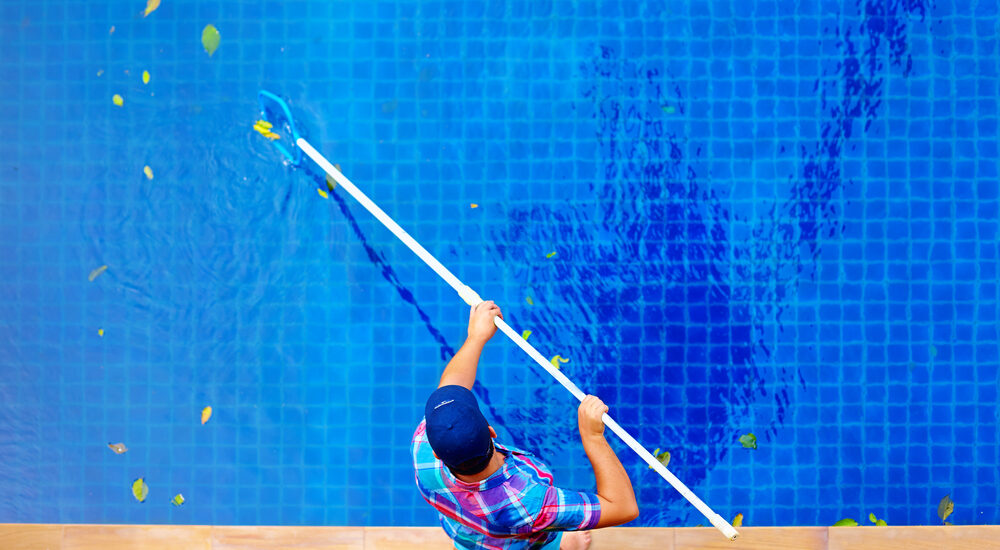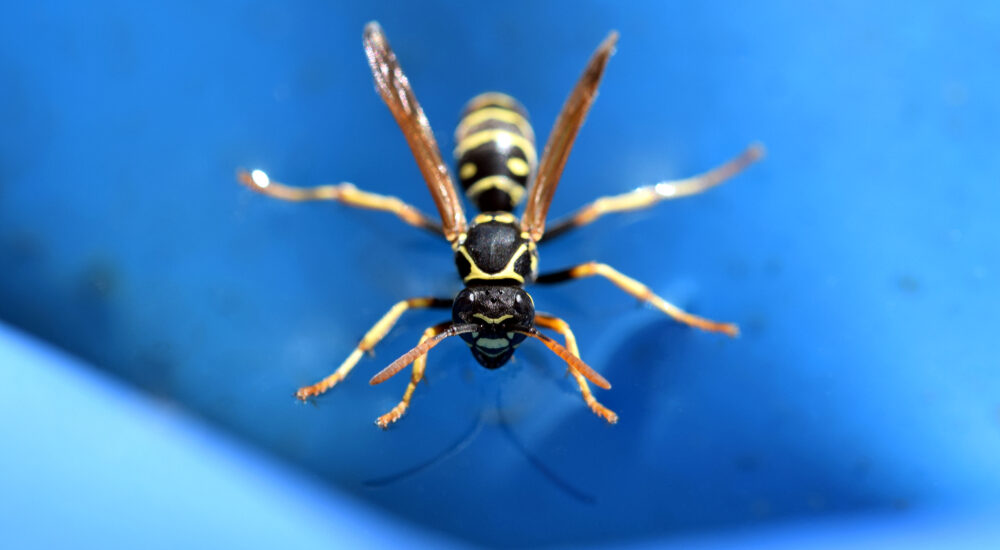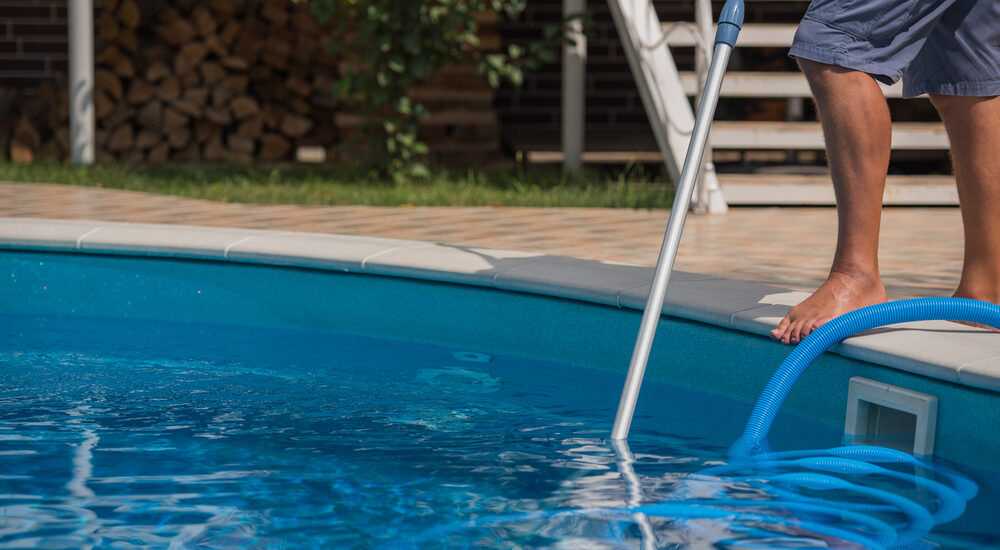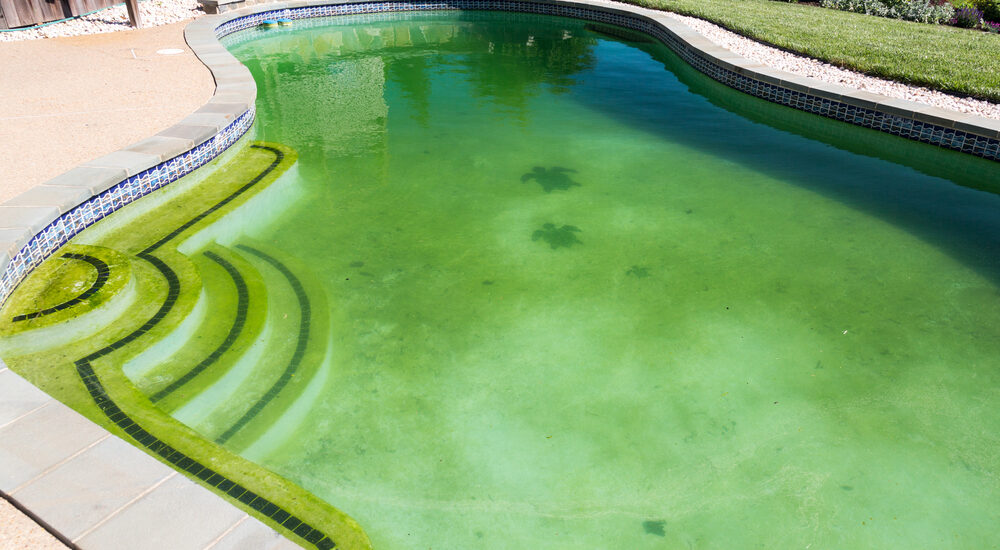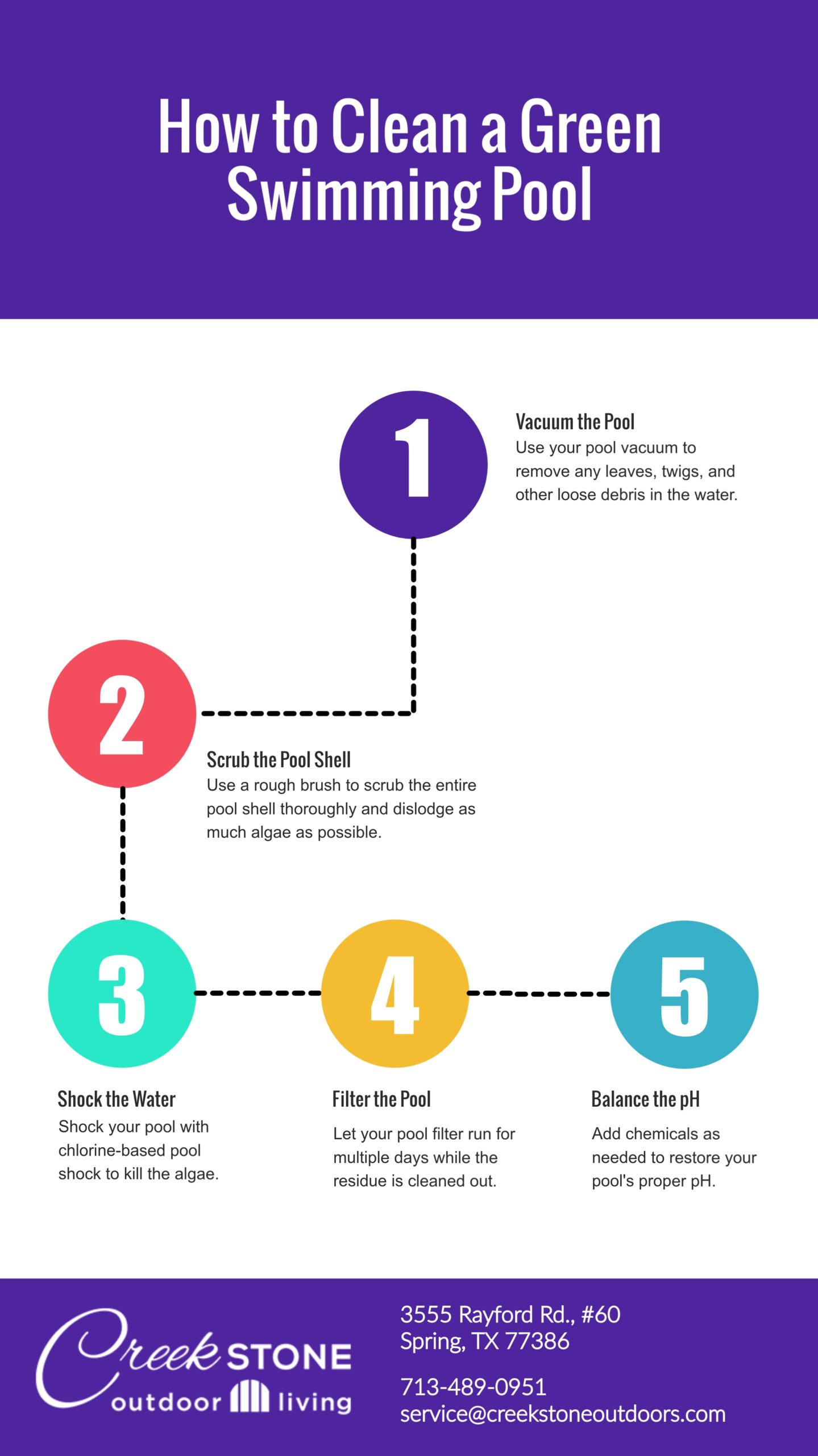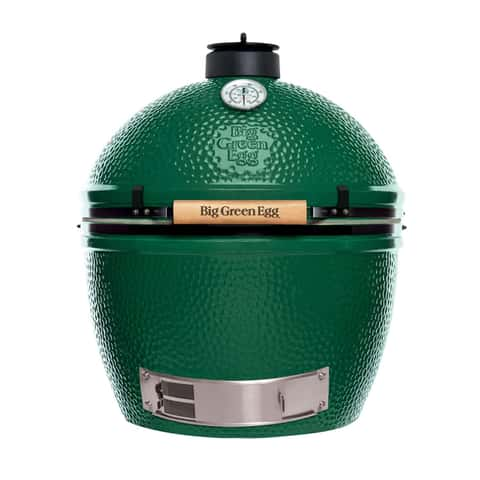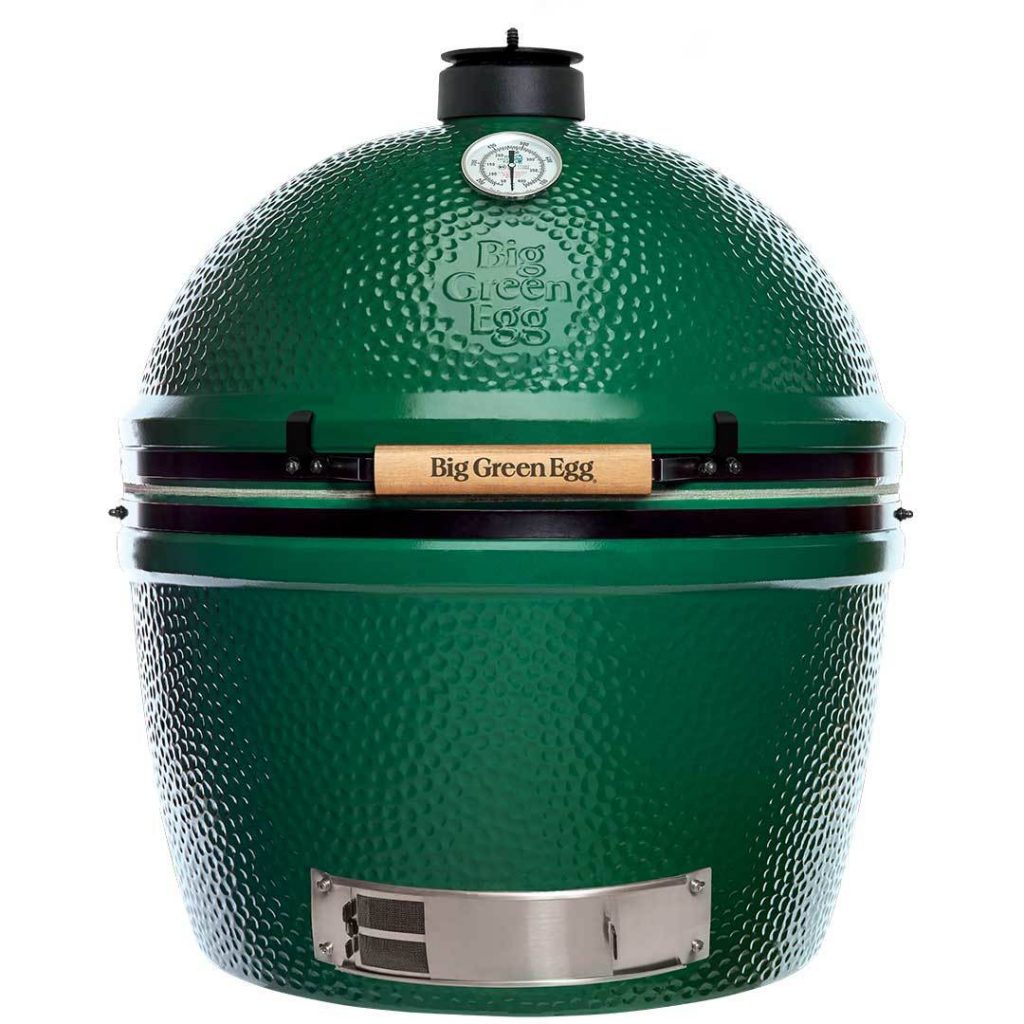Would you want to swim in a dirty pool filled with algae, bacteria, and floating leaves? Of course not! A clean swimming pool keeps your backyard sparkling and more inviting. Discover why it’s essential to clean your pool regularly to enjoy swimming and minimize health risks for your family.
A clean swimming pool is fresh and more sanitary. Here are the tips to keep your pool sparkling clean and ready for fun. Share on X
In this guide, we’ll show you the strategies to keep your swimming pool clean. The good news is that cleaning a swimming pool is very simple and doesn’t require any expertise. Follow these instructions to minimize the dirt found in and around your pool:
- Clear leaves & debris
- Scrub the shell
- Clean the water
- Check the filters
- Enjoy your clean pool
Clear Leaves & Debris
Nothing is more disgusting than swimming in a pool full of debris like leaves, twigs, and dead bugs. Such contaminants will easily find their way into the pool when there are many trees around. If not removed, the debris can block the pool filters and damage the pool’s filtration system. Since leaves float on water, you can use a skimmer basket or leaf net to remove the debris. Skim the pool’s surface daily to prevent the trash from sinking to the bottom of your pool.
Scrub the Shell
Failure to scrub the pool walls or shell regularly can result in a massive growth of algae. If you begin to see some algae growing, scrub the shell using a pool brush. The type of brush you use might depend on the material of the pool shell. Most brushes consist of stainless steel and nylon bristles. You can also use a robotic pool cleaner or a telescopic pole to clean hard-to-reach areas.
Clean the Water
As you remove leaves, twigs, and algae from your pool, don’t forget to check the water quality. Take samples of the pool water and test for chlorine levels and pH. Thankfully, there are many pH kits for measuring the pH in real-time. The pool water shouldn’t be too acidic or too high in alkaline. If that happens, neutralize the water by adding the right pool chemicals under professional guidance.
Pro Tip: If your pool water appears to be oily, consider using a quality oil absorber to remove the excess oil from your swimming pool.
Check the Filters
Although removing leaves and debris from your pool can help to prevent the filters from blocking, it’s no doubt that some dirt will find their way into the filters. With the help of the manufacturer’s manual, backwash your clogged filters at least once every month. Consider washing it more frequently if your swimming pool gets dirty quickly. If a filter is too dirty to clean, replace it with a new cartridge filter.
Enjoy Your Clean Pool!
A clean swimming pool is not only visually appealing but also safe for your family. Remember to perform regular maintenance practices to keep the pool water crystal clear and your backyard looking fresh. Although cleaning the pool can be time-consuming, it will ultimately be worth the time in the long term as you’re able to keep using your pool.
Contact us for more information on maintaining a clean swimming pool.

